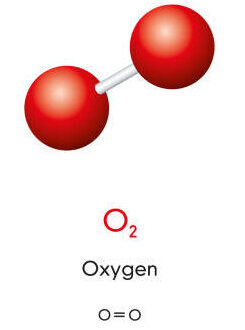I was reading about the oxygen-inhibited layer, and I learned something new.
When light is introduced to any light cure resin (or adhesive), it activates light initiators, creating free radicals that will start the polymerization process. Oxygen in the air will compete for these free radicals, creating the oxygen-inhibited layer on the top 10-micron surface of the resin. Not only will the oxygen compete for these free radicals, but the free radicals prefer the oxygen molecules over the resin monomers. I always thought if this layer is covered by more resin, the layer will disappear as the resin monomers continue their polymer chains. However, I discovered this could only happen if the oxygen-inhibiting layer is thin, less than a few microns thin. Even then, the oxygen will not release the free radicals, and all that is happening is free radicals from the overlaying resin reaches the monomers that were unreacted in the bottom layer, continuing the chain formation through the inhibiting layer.

If your oxygen-inhibiting layer is larger than a few microns, this layer will not polymerize and leave a sticky, uncured layer behind. Now, this may be fine between layers of composite, but it is the reason we do not recommend air-thinning the adhesive layer in a 2-bottle adhesive system. The air will introduce more oxygen to the adhesive surface and increase the oxygen-inhibiting layer. Unfortunately, if there is solvent in the adhesive, air must be used to evaporate this solvent. This is one of the reasons we want to use a 2-bottle adhesive system with a solvent-free 2nd bottle.
Wow! A revelation
Thank you for taking the time to read this post and leave a comment!
I’m glad it was helpful to you in your learning journey 🙂
Amazing! you explained the top in a very simple and brief way. I wish if you could provide us with some examples of good adhesives to use on the market. if you also could tell us what could be done to overcome the inhibiting layer in case w have to use a single bottle or an adhesive with a solvent?
Hello! Thank you for reading my post! I am working on a series on adhesives and their pros/cons so keep an eye out for that content. For a single bottle, using a thin layer of flowable composite after you cure the adhesive will help
Interesting. Now I need to run and go figure out if my second bottle has a solvent in it. 🙂
Thank you for reading my post! Usually the ingredients are listed in the IFUs and if its not there you can always look at the SDS.